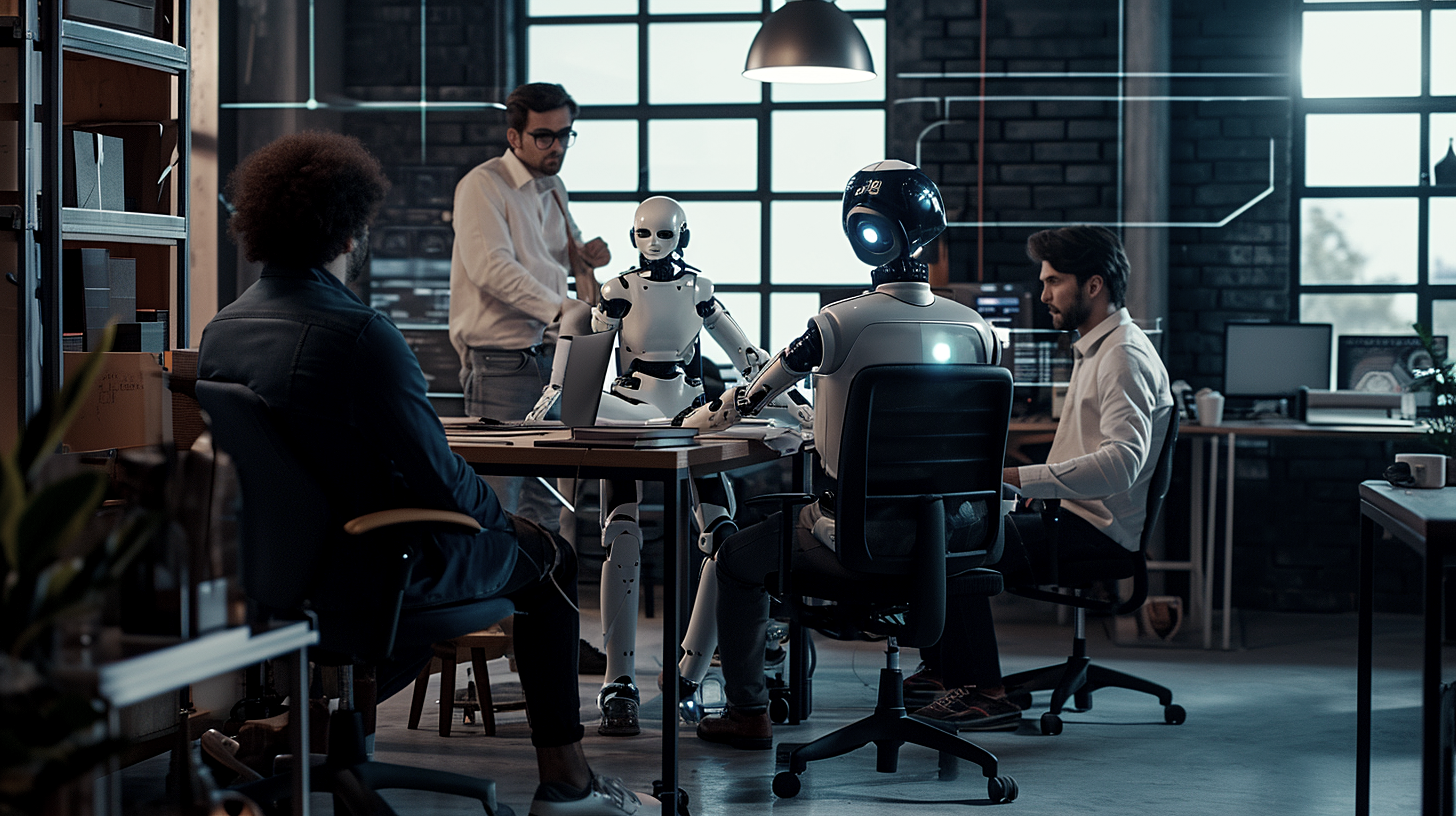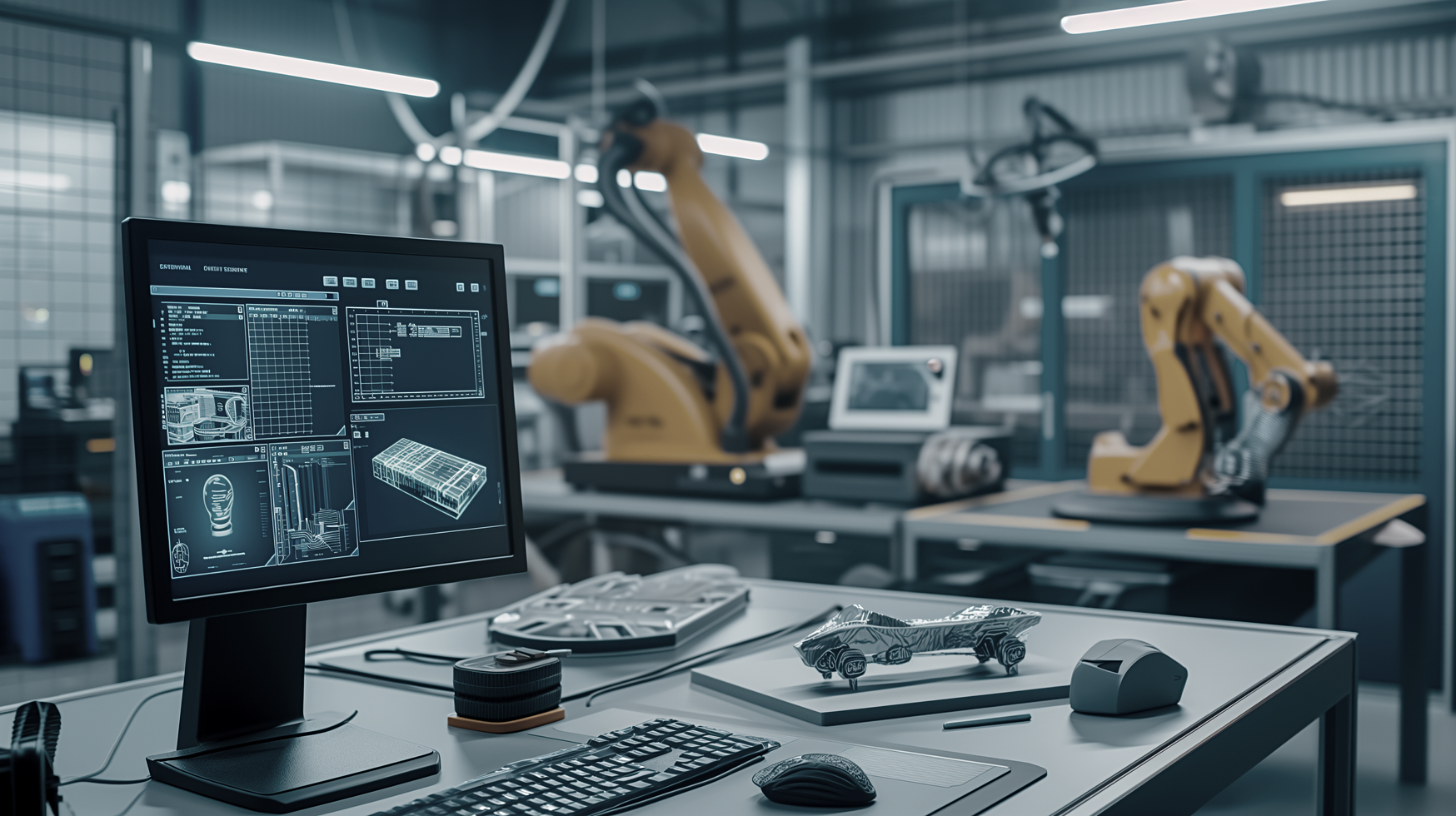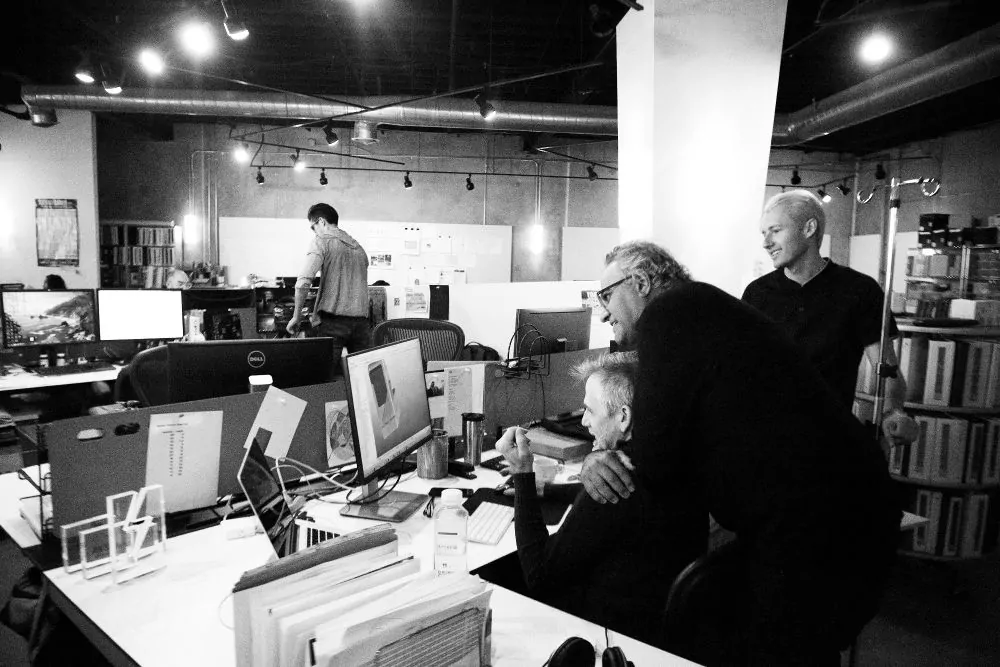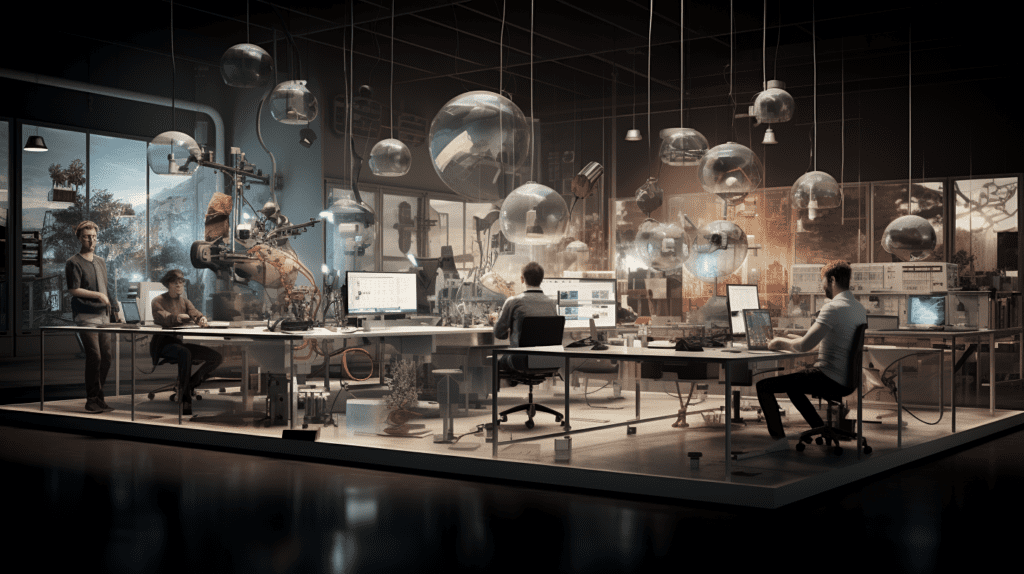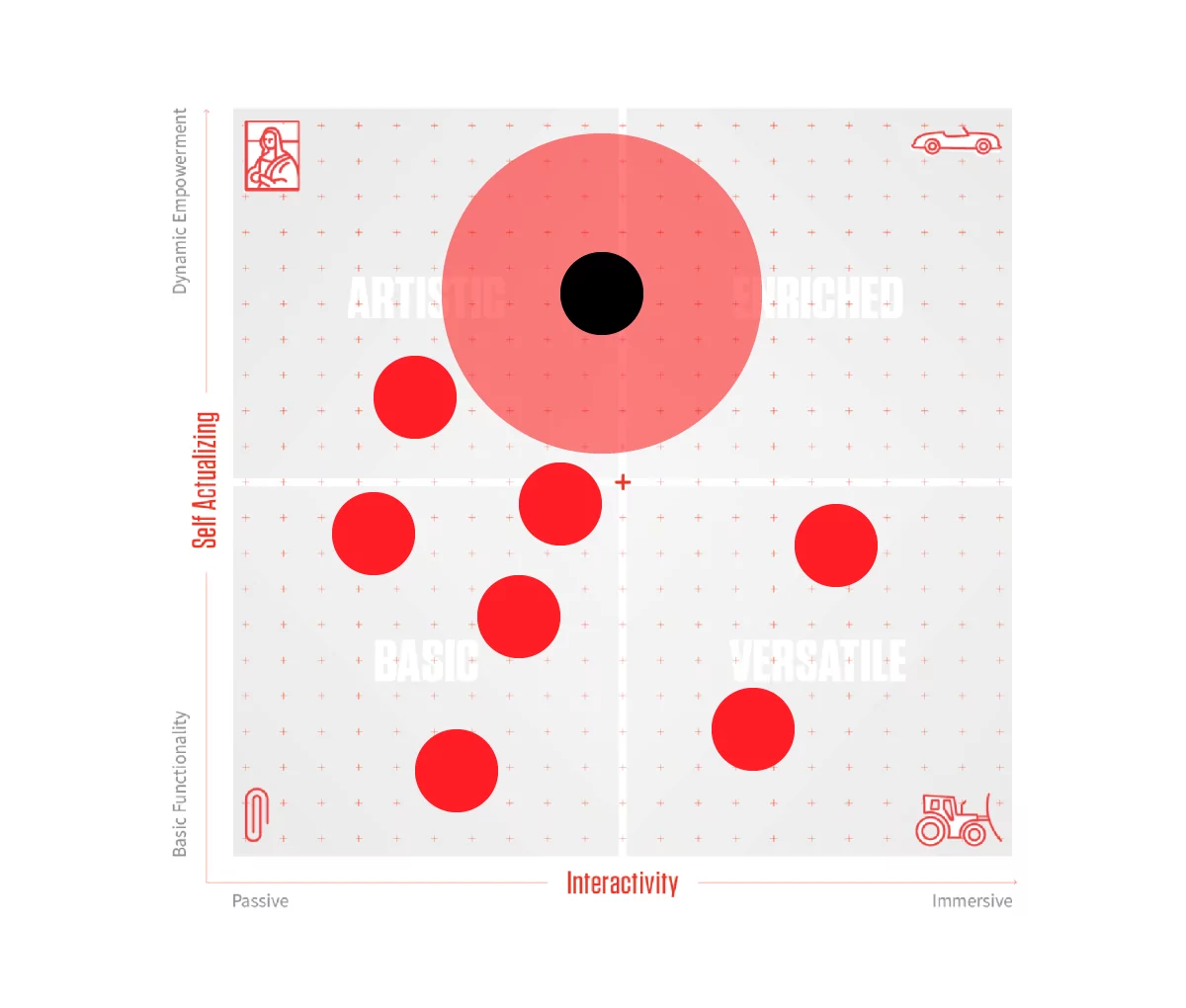2024 promises to be a pivotal year in the design industry, marked by influential trends that will shape how, when, and why we work. Our annual trends blog explores our Industrial Design Trends for 2024, delving into how emotions, efficiency, and sustainability will drive industrial design in 2024.
01.
Designing for Using Products Less
“In 2024, we will hear the mantra “less is more” more and more as the design landscape experiences a transformative shift towards “Design for Efficiency” and “Anti-Addiction Design.”
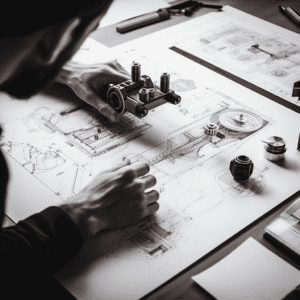 Users are responding to products that have become increasingly addictive and focus on their vision and hearing as primary senses, distracting them from their entire lives. In 2024, we see a movement towards products that bring people back to their other senses and that are simpler and more powerful in improving our lives and connecting us to the things that matter most to us. In 2024, we will hear the mantra “less is more” more and more as the design landscape experiences a transformative shift towards “Design for Efficiency” and “Anti-Addiction Design.” This shift reflects a tangible response to society’s growing awareness of the profound impact of technology on how technology is shaping our realities and contributing (and detracting) to our overall well-being. In this era, designers are faced with the challenge of crafting products that fulfill their purpose and do so without overwhelming users.
Users are responding to products that have become increasingly addictive and focus on their vision and hearing as primary senses, distracting them from their entire lives. In 2024, we see a movement towards products that bring people back to their other senses and that are simpler and more powerful in improving our lives and connecting us to the things that matter most to us. In 2024, we will hear the mantra “less is more” more and more as the design landscape experiences a transformative shift towards “Design for Efficiency” and “Anti-Addiction Design.” This shift reflects a tangible response to society’s growing awareness of the profound impact of technology on how technology is shaping our realities and contributing (and detracting) to our overall well-being. In this era, designers are faced with the challenge of crafting products that fulfill their purpose and do so without overwhelming users.
We see the rejection of excessive smartphone usage and the unfulfilled promise of digital connection leading to the birth of new types of digital and physical interactions. Designers are now responsible for creating products that prioritize efficiently delivering what users need while keeping them grounded and connected to their other senses and the reality around them.
02.
Emotional Intelligence
“In 2024, there will be advancements in the technology behind the data, enabling wearables to monitor and detect various psychological indicators and patterns associated with emotions.”
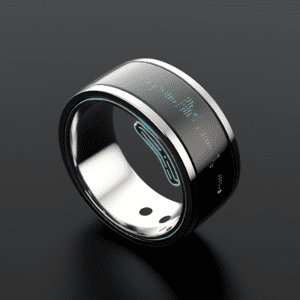
In the world of connected devices, we’re moving beyond collecting and measuring biometrics– we’re predicting that wearable devices such as smartwatches, fitness trackers, and other types of wearable technology will be able to collect and synthesize information that amounts to responding to a person’s emotions.
Most wearables today use a combination of sensors to collect and gather data over time to be then able to create a comprehensive picture of a user’s activity, health metrics, and other relevant information. In 2024, there will be advancements in the technology behind the data, enabling wearables to monitor and detect various psychological indicators and patterns associated with emotions. The data behind our emotions can include tracking heart rate variability, skin conductance, and other biometric data associated with our emotional state. Like we track our health and fitness through the health apps on our phones, we see a future where our wearables will be able to track and monitor our emotions, mental health, or even psychological state. Once we start tracking emotions, we must begin designing around them and measuring our impact. This qualitative connection between design and emotions is a new era, and we are just at the beginning.
03.
Designing for Tomorrow
“It’s not just a design strategy; it represents a mindful and sustainable relationship with consumer goods.”
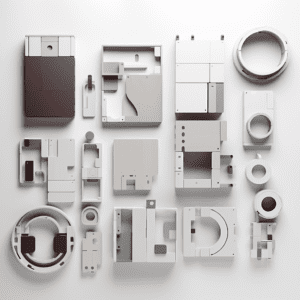
There are various design approaches when designing products, but in 2024, modular design will be at the forefront. Modular design involves creating products with interchangeable components, extending not just the product’s lifespan but also giving users the flexibility to adapt their devices to the changing needs of consumers. Modular and Upgradeable Designs are an intelligent response to the changing consumer mindset. This approach involves creating products with interchangeable components, extending their lifespan, and allowing users to adapt their devices to changing needs. It’s not just a design strategy; it represents a mindful and sustainable relationship with consumer goods. Guiding the industry toward a future where products are more than just possessions—they become a tangible reflection of values and thoughtful choices. This encourages users to appreciate and adapt their belongings over time, moving away from constantly pursuing new replacements. It’s an innovative and sustainable way of approaching product design in tune with today’s conscientious consumers.
